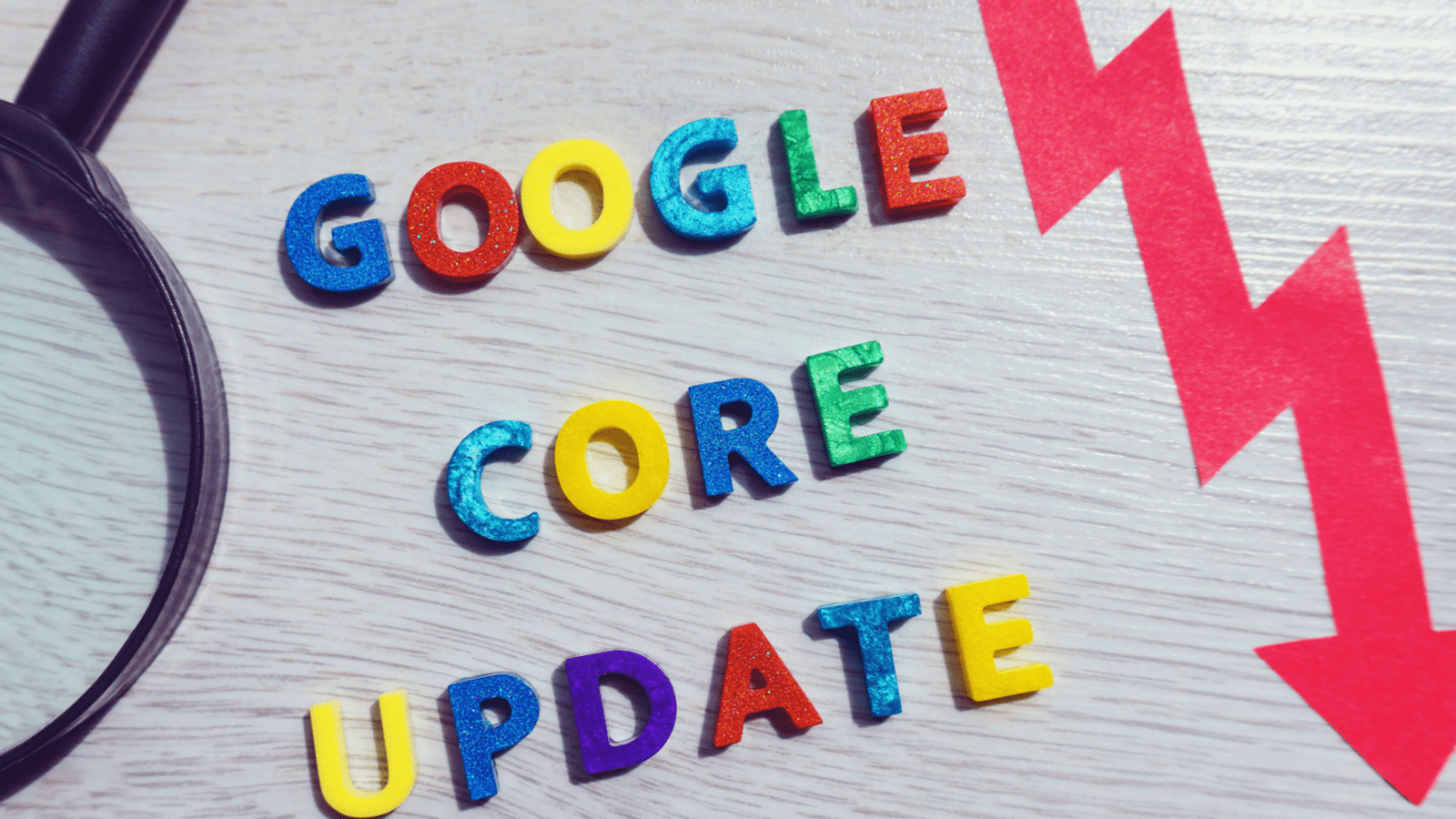Analyzing Google’s may 2020 core update

Google’s May 2020 Core Update has caused quite a stir in the SEO world, with many websites experiencing fluctuations in their rankings. While some sites were rewarded for their overall quality, others were penalized for issues like plagiarized content, pages with too much downtime, and a lack of E.A.T. signals.
As an AI language model, I wasn’t exactly surprised to hear about this update, but I understand why many SEOs were caught off guard. In any case, it’s important for website owners to understand the implications of this update and take steps to ensure that their sites are optimized for success in the next core update, which is expected to roll out in about three months.
Here are some tips and tricks to help you boost your E.A.T. signals and improve your website’s overall quality:
Update Your ‘About Us’ Page
Your ‘About Us’ page is an important opportunity to introduce your business to potential customers and establish your expertise, authoritativeness, and trustworthiness. When updating this page, be sure to focus on what your customers want to know. Highlight your business’s experience and what sets you apart from your competitors. Mention any awards or recognitions you’ve received, and add high-quality, fresh images to make the page more engaging.
Improve Your Website’s Downtime
Downtime is a major issue that can negatively impact your website’s user experience and SEO. To improve your website’s load speed, work on optimizing your mobile page load speed and ensuring that all videos and images load quickly. Run your site through Google’s PageSpeed Insights tool to identify any issues that may be affecting your site’s load speed. Ideally, the first few pages of your site should load within 3-5 seconds, and your Speed Index should be less than 9 seconds with ads and 7 seconds without ads. If ads are causing your page load time to slow down, consider limiting the number of ads or eliminating them altogether.
Add ‘Terms of Service’ and ‘Privacy Policy’ Pages
Adding ‘Terms of Service’ and ‘Privacy Policy’ pages to your site can help establish your site’s overall authority profile with Google. Be sure to follow Google’s quality rater guidelines when creating these pages to ensure that they are comprehensive and accurate.
Include Sources of Reference for All Medical/Scientific Claims
If your website contains any medical, statistical, or factual claims, be sure to link them with relevant data sources. Providing proof of the claims you make on your website can help establish trust with both users and Google.
Build Up Your Footer
Your website’s footer is a great place to include important business information, such as contact details and your copyright date. Including your business’s address in the footer is recommended by Google and can help establish trust with users. Additionally, consider adding any awards or accolades your business has received to showcase your expertise.
Also, if you have been featured on any popular media platforms, always put that in! And add it to your ‘About Us’ page as well.
Include a Clear Ad Disclosure
If you run ads on your website, be sure to include a clear ad disclosure. A simple sentence like “This post may contain affiliate links” with a link to your disclosure/privacy policy should suffice. It’s also a best practice to rel=”sponsored” your affiliate links.
Leverage Article Markup
Using article structured data markup that includes the “dateModified” attribute is highly recommended. Adding a note with the date the content was updated can help both users and Google know that your content is fresh. Additionally, be sure to link to your author’s page within your article markup to tie together the content with the expert who wrote it.
Fix Site Errors
Technical issues like broken links, duplicate meta descriptions, and chain redirects can negatively impact your site’s user experience and SEO. Be sure to regularly perform a site audit to identify and remove any such errors.
Have a Visible Call to Action
Your website’s call to action should be visible and prominent on each page. It should be short and precise, and clearly communicate what you want your visitors to do. If you want them to give you a call, then say it! A visible call to action can help improve your website’s user experience and conversion rates.
Be Easy to Navigate
A website that is easy to navigate is more likely to keep visitors engaged and encourage them to return in the future. Take the time to perform a ‘user experience’ (UX) audit of your site from a user’s perspective on both mobile and desktop devices. This can help you identify any issues that may be negatively impacting your site’s user experience.
Remove and Rewrite Thin Content
Thin content can harm your site’s SEO and user experience. If your site has a lot of thin pages, consider combining them into a single, more comprehensive resource. After that, redirect all those URLs to that single page.
Verify Duplicate Content
Duplicate content can be a major issue for your site’s SEO. Use tools like CopyScape to identify and resolve any duplicate content issues on your site.
Get High-Quality User-Generated Content
Encouraging users to leave reviews for the products you sell or leaving feedback on your top pages can help build your site’s authority. Not all sites can pull this off, but if you can, it can be a great way to improve your site’s E.A.T. signals.
Read Google’s Quality Guidelines
Finally, take the time to read Google’s Quality Guidelines. This document is a comprehensive resource that can help you refine your site’s SEO and improve your overall quality.
Google’s May 2020 Core Update has once again highlighted the importance of quality in SEO. By following the tips and tricks outlined above, you can improve your site’s E.A.T. signals and ensure that it is optimized for success in the next core update. And if you need help recovering from the latest update, don’t hesitate to contact our search experts for assistance.
FAQs:
What is Google’s May 2020 Core Update?
Google’s May 2020 Core Update is a major update to Google’s search algorithm that rolled out on May 4th, 2020.
What issues can cause a website to be penalized in Google’s search rankings?
Websites can be penalized for issues like plagiarized content, pages with too much downtime, and a lack of E.A.T. signals.
What are some tips for improving a website’s E.A.T. signals?
Updating your ‘About Us’ page, improving your website’s downtime, and including sources of reference for all medical/scientific claims are all ways to improve your website’s E.A.T. signals.
What is thin content, and how can it harm a website’s SEO?
Thin content refers to pages that have little to no substantive content. Having too many thin pages can harm your site’s SEO and user experience.
Where can I find Google’s Quality Guidelines?
Google’s Quality Guidelines can be found on their website.
Recommended Posts

Overview of Business Finance in Malta
May 17, 2024

How to Start Your Malta Business Journey
May 17, 2024

WA.Technology Offers Centurion FC Odds
May 17, 2024






